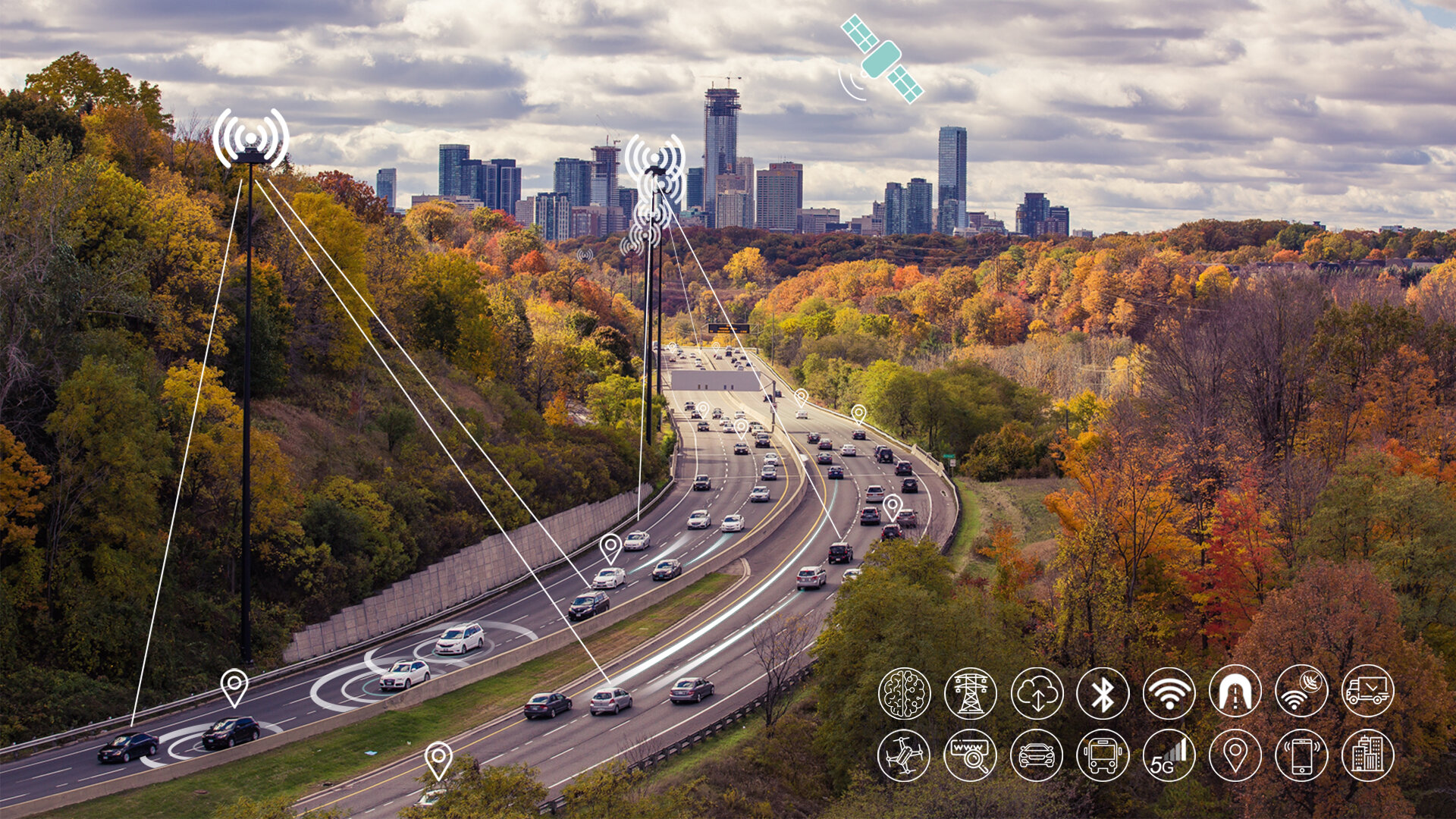
Long-term goal Bring satellite navigation closer to Earth by expanding GNSS and supporting Positional Navigation and Timing (PNT) from Low Earth Orbit (LEO). Galileo satellites, reports the European Space Agency.
These 'LEO-PNT' According to ESA, satellites, which operate with additional signals will explore a new multi-layer satellite navigation system to provide more accurate and reliable PNT services.
"Satellite navigation has enabled a wide range of applications in recent years, but it is this success that inspires even more demanding user needs in the next decade," said Lionel Rees, head of ESA's GNSS Evolutions research group (which oversees the agency's LEO-PNT research).
“For use cases such as autonomous vehicles, ships or drones, robotics, smart cities, or industrial IoT to control factory systems, positioning requirements are growing from the current meter scale to centimeter scale or even more precise. , which is based on continuously reliable signals that are available anywhere and anytime – even indoors – and at the same time able to overcome obstructions or obstacles.”
FutureNAV
The goal of ESA's FutureNAV plan is to conduct an in-orbit demonstration of satellite navigation satellites in low Earth orbit and consolidate signal types, potentially enabling future services.
The plan, it said, is to build an initial mini-array of at least a half-dozen satellites to test capabilities and key technologies, and to demonstrate signals and frequency ranges for use in the next operational array. just as the European GIOVE test satellites paved the way for Galileo.
“Each individual satellite will be relatively small, less than 70 kg in mass, compared to the 700 kg of the current operational Galileo satellite,&# 8221; said Roberto Prieto-Cerdeira, Galileo's second-generation payload lead and LEO-PNT project manager.
“They can be comparatively more optimized because they can use other means of calculating the exact time without extremely accurate atomic clocks on board, including relaying signals from the Galileo satellites above them. These satellites will also be built on a rapid mass production basis to save time and money - we are planning a maximum of three years from contract signature to the first satellites in orbit, the same time as GIOVE-A in the early 2000s."
LEO PNT
FutureNAV will begin this change with two initial proposed subprojects: LEO PNT and GENESIS.
The goal is that LEO PNT has the potential to make satellites more efficient and launches more economical.
Traditional satellite navigation systems operate in Medium Earth Orbit (MEO) – with signals traveling thousands of kilometers to reach Earth – ESA aims to extend GNSS to Low Earth Orbit (LEO) to offer a stronger signal, reliable indoor coverage and robustness to obstacles Two-way signals will also be possible over this short distance.
GENESIS
GENESIS aims to help scientists improve their modeling of planet Earth to improve sustainability.
The mission will combine precision ranging techniques on a single platform using radio rangefinders, laser measurements, GNSS and very large-baseline interferometry commonly used by astronomers to observe distant space objects. With these combined observations, GENESIS will improve the international ground reference system used by scientists in various fields down to a scale of less than a millimeter.
The ESA says this would be in line with a United Nations resolution. , calling for an improved global geodetic reference system for sustainable development. The benefits, the agency said, would include more accurate navigation and modeling of environmental and climate change, as well as precise determination of the orbit of Galileo satellites and other space missions.
GNSS
GNSS stands for Global Navigation Satellite System, and the standard GNSS approach is approaching the limit of optimal performance, the agency said.
Like Galileo &# 8211; Europe's own GNSS, which transmits navigation signals worldwide to more than three billion users for positioning services and to support search and rescue operations, is also EGNOS. It is the European Geostationary Navigation Service that improves the accuracy and integrity of GPS (and soon Galileo) signals across Europe, particularly for civil aviation.
ESA assumes responsibility for design and development, with services provided by EUSPA – the European Union Agency for the Space Programme.
In 2021, the number of satellite navigation receivers worldwide will reach 6.5 billion receivers, according to ESA, with the sector projected to maintain a 10% annual growth rate in the coming years.
"Until now, we have relied on classical GNSS solutions such as Galileo, located in medium Earth orbit and based on L-band signals, for our positioning," Rees said.
“Standard GNSS alone will not be able to meet all these future user requirements. Instead, Europe needs to take the opportunity to explore the potential of low-Earth orbit constellations already on the global market to provide new types of positioning, navigation and timing services.”
<p>You can read more about FutureNAV at ESA.
See also:
Source: electronicsweekly.com










